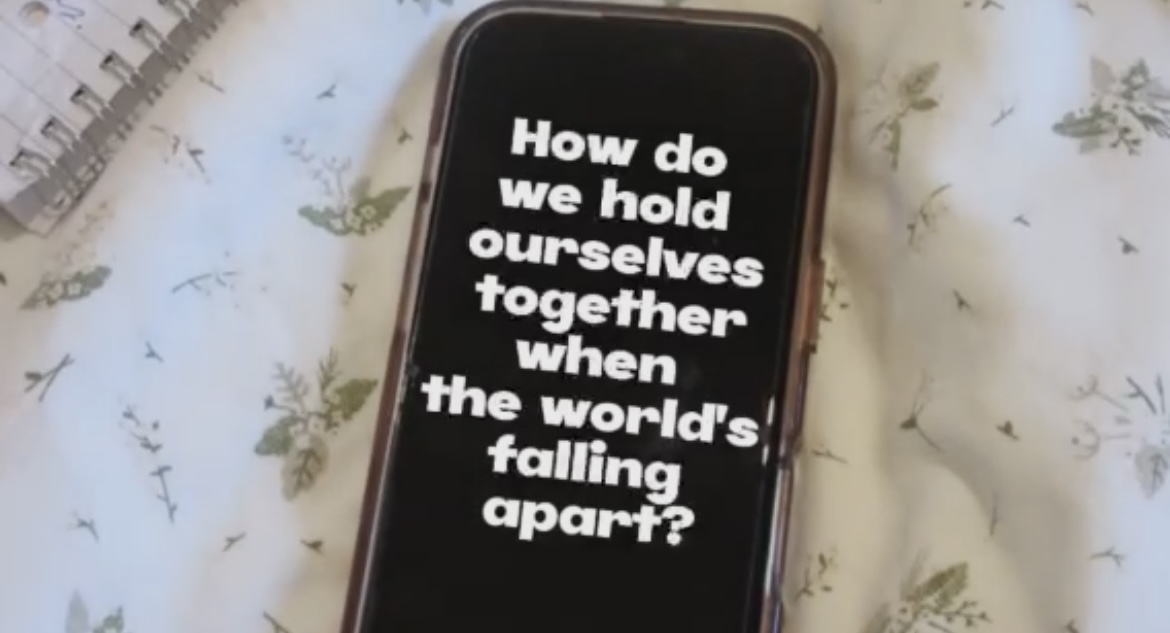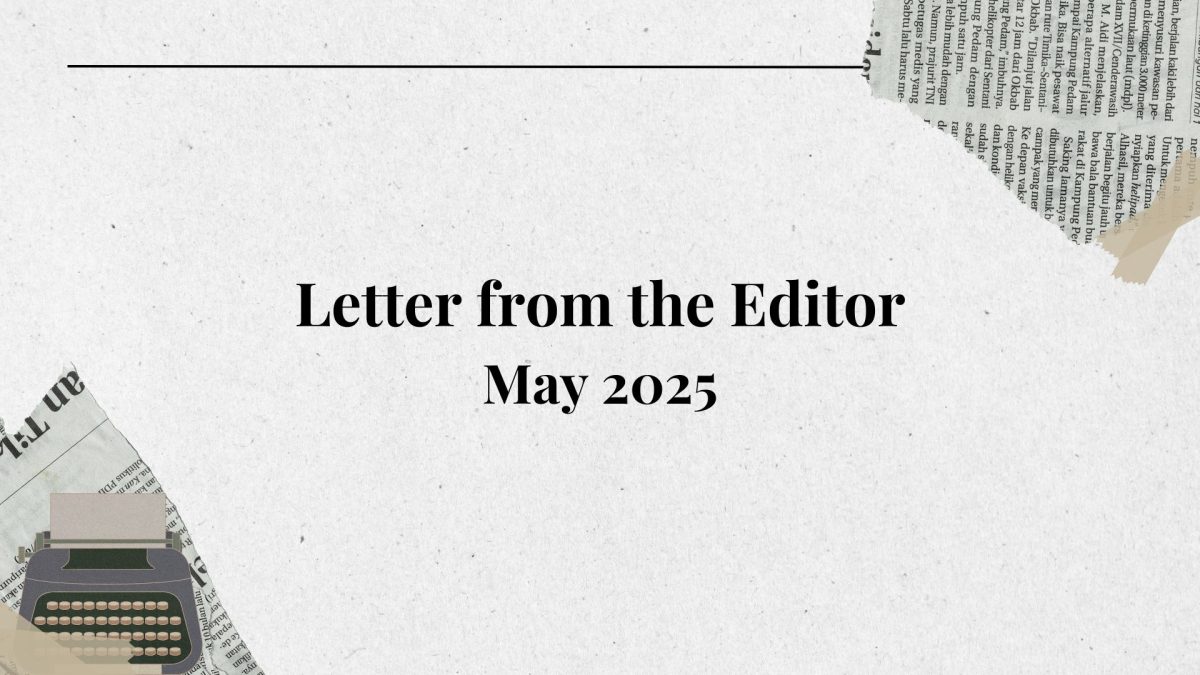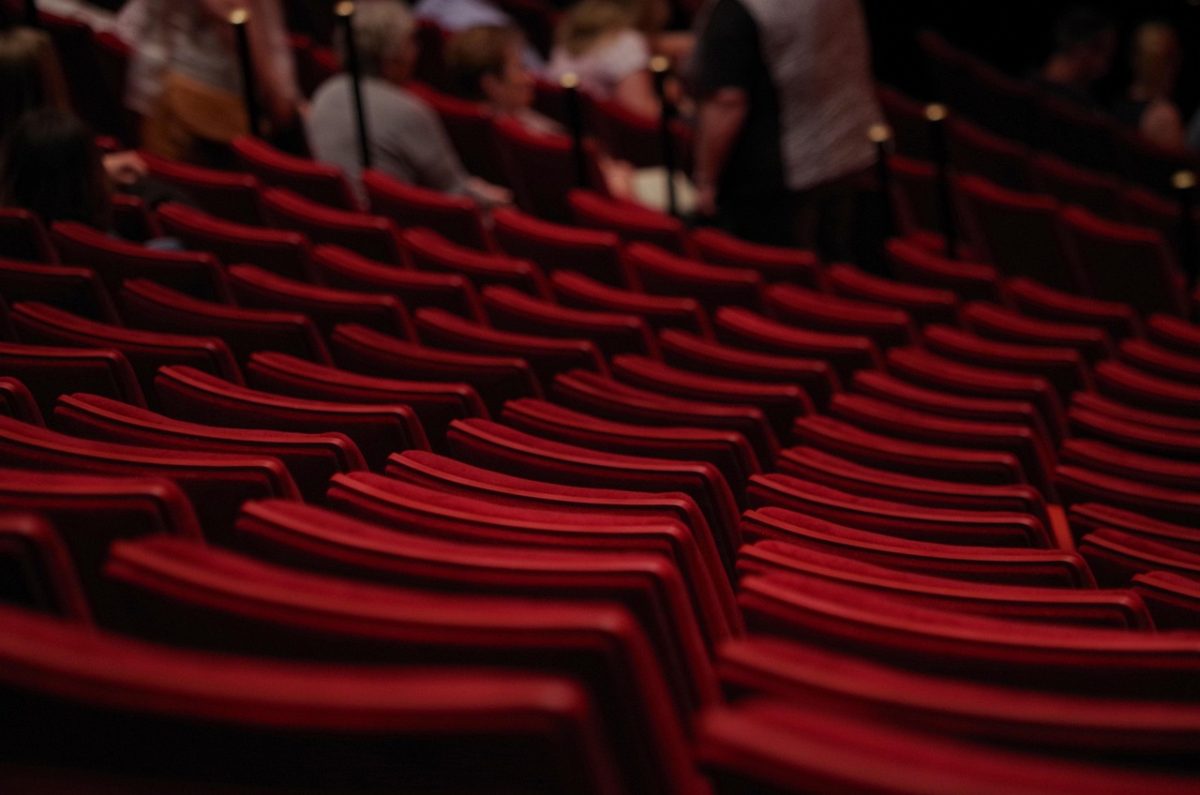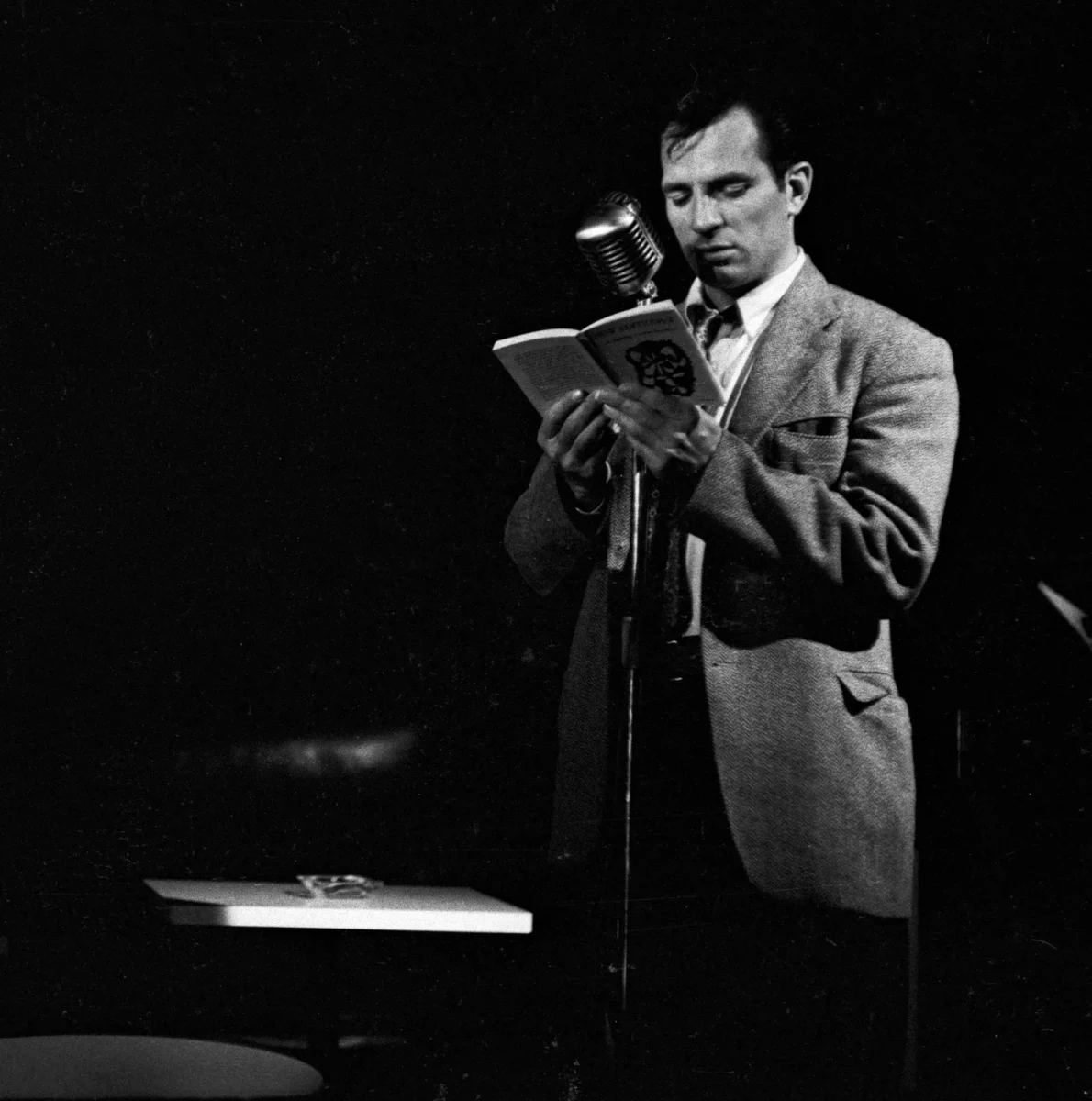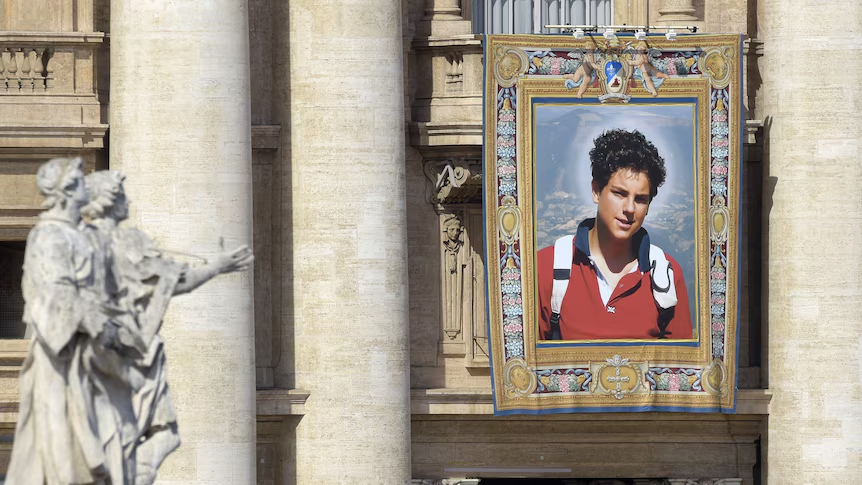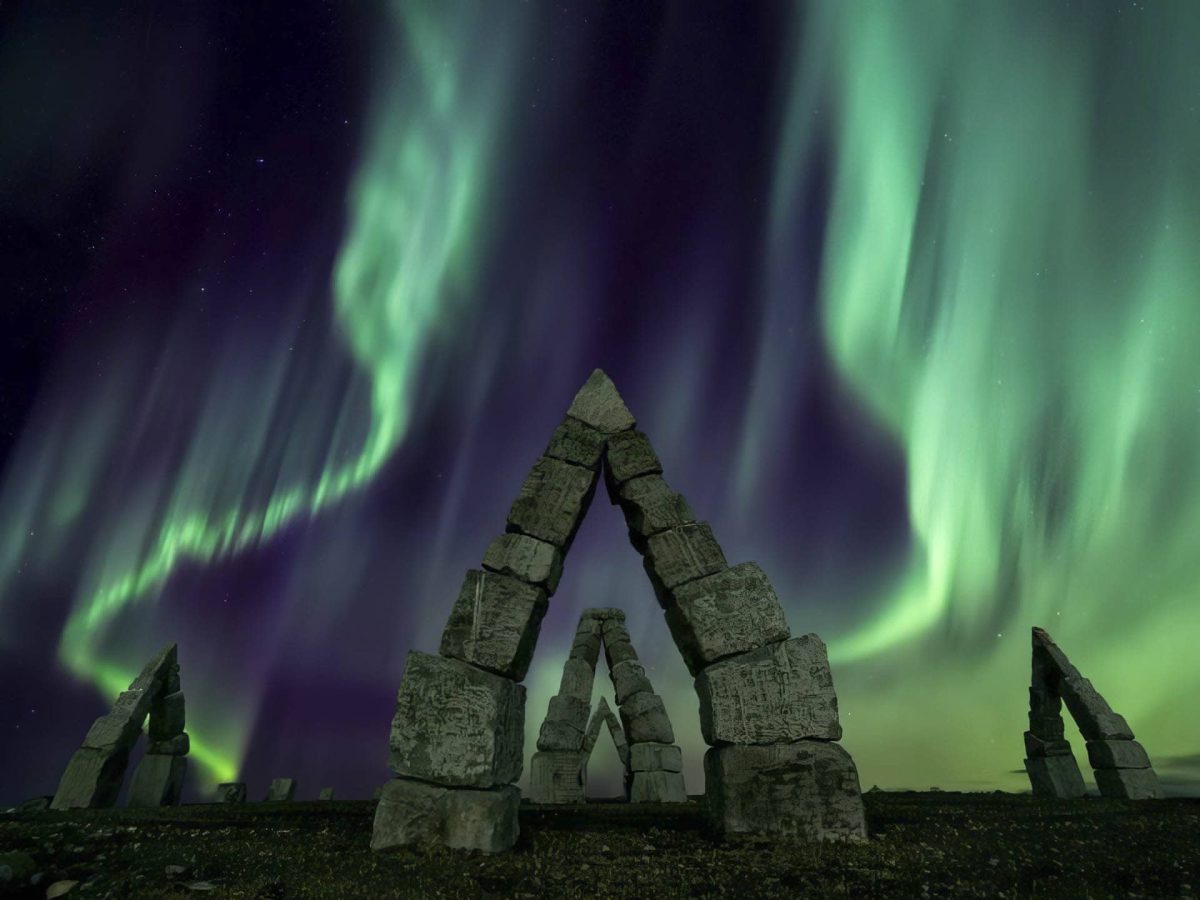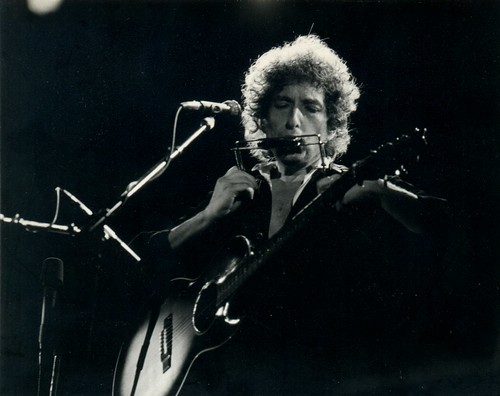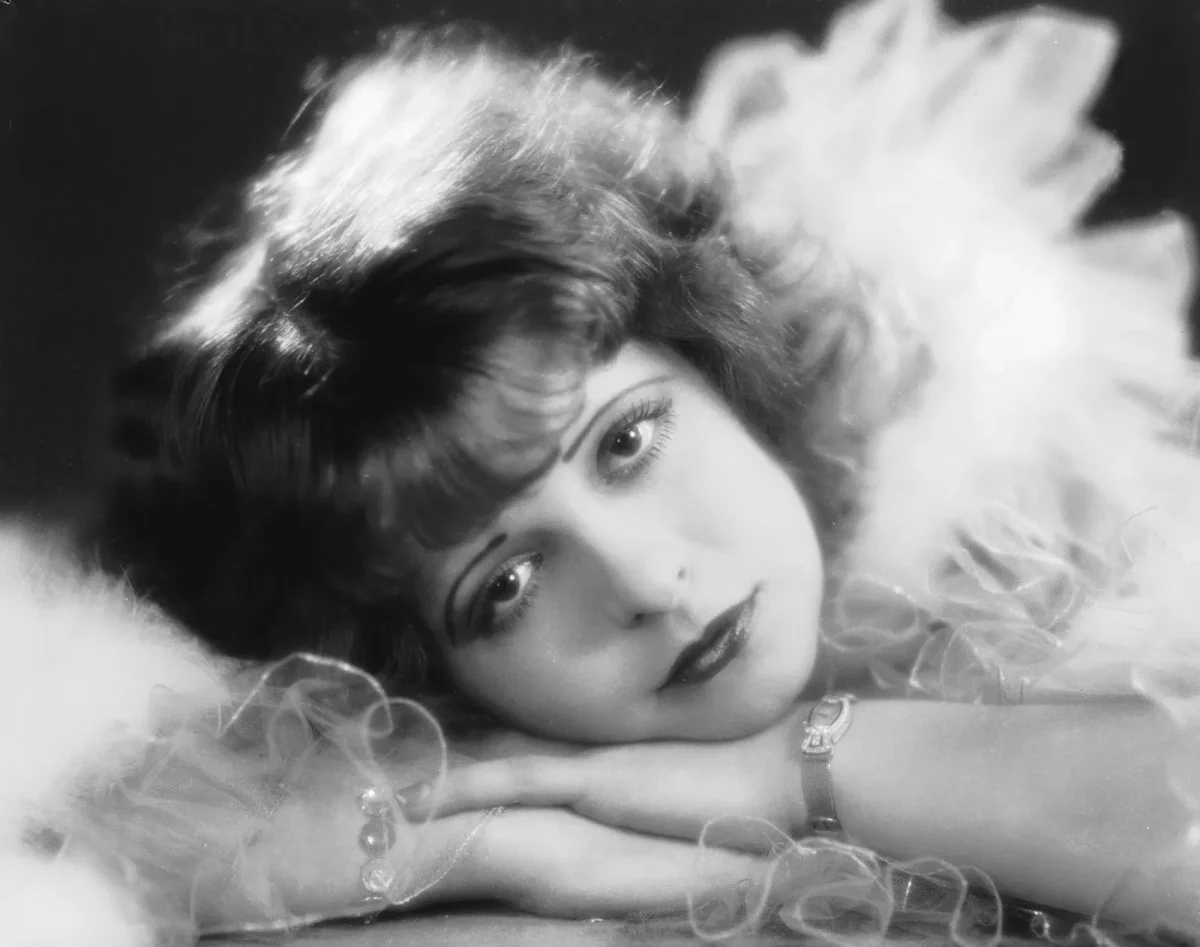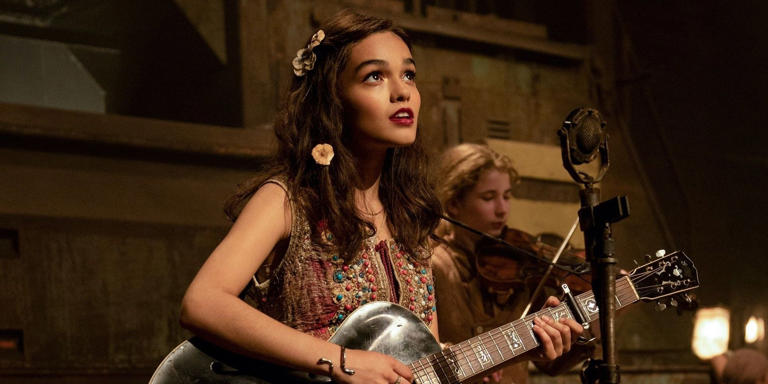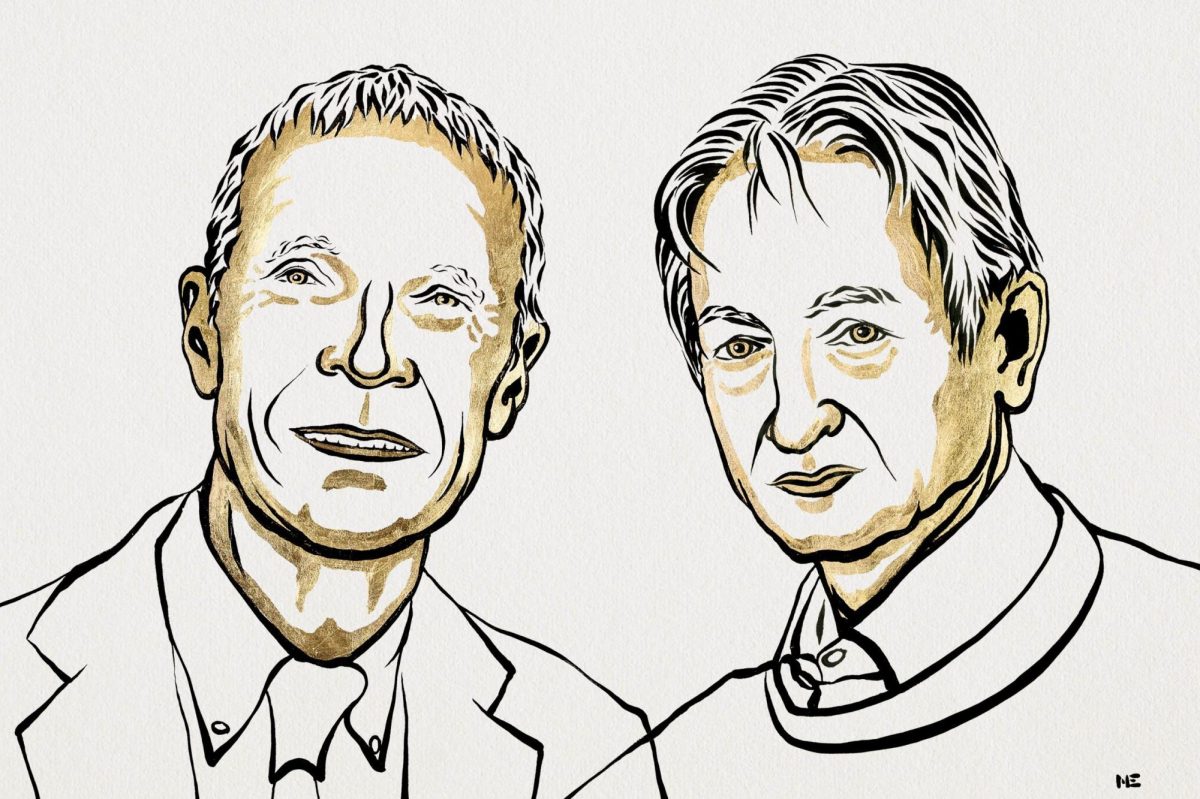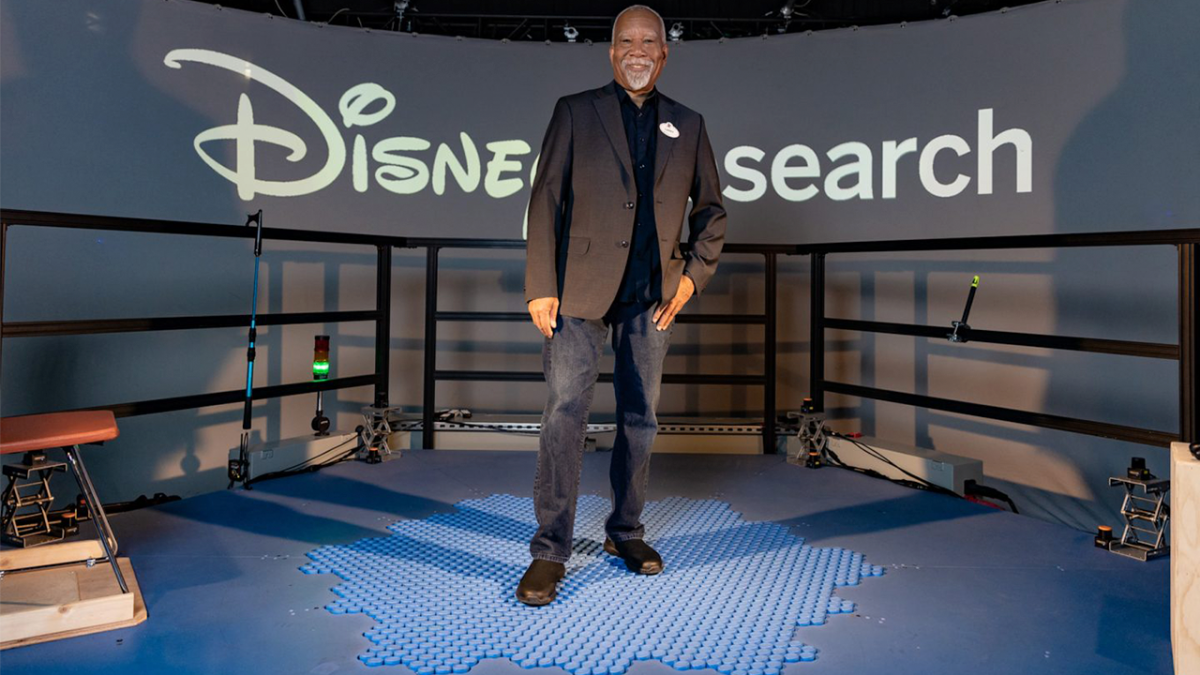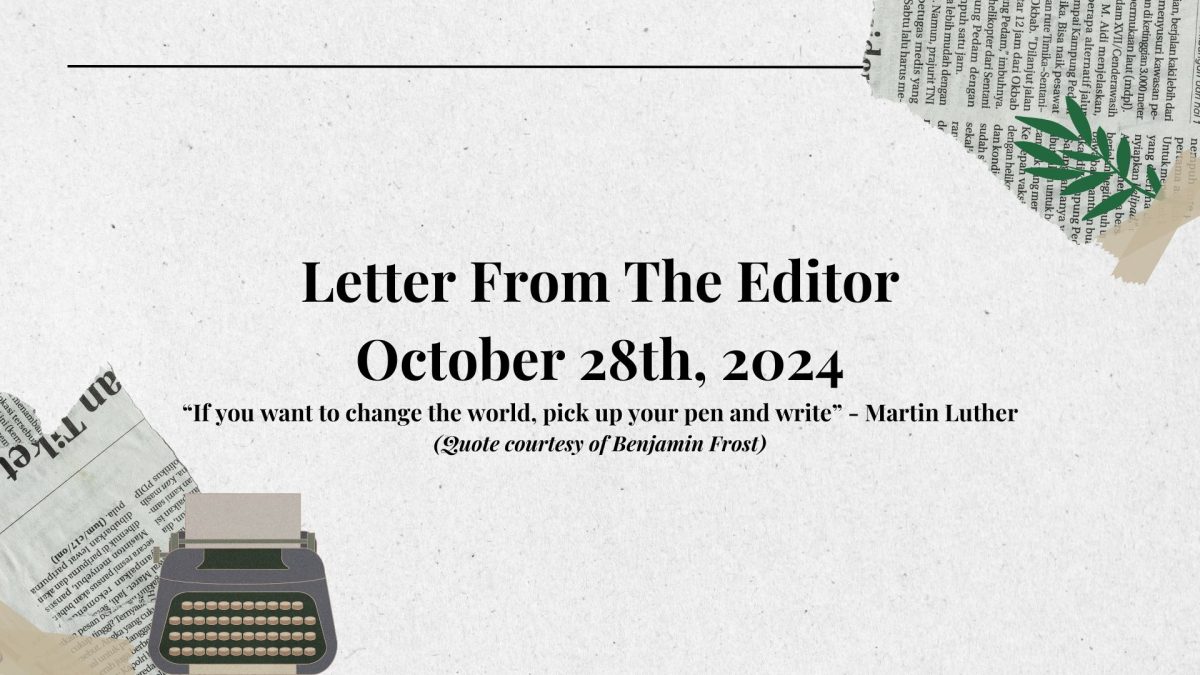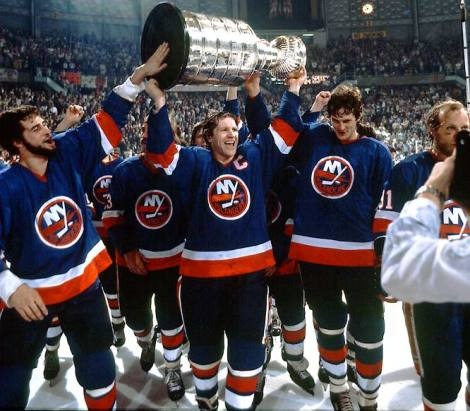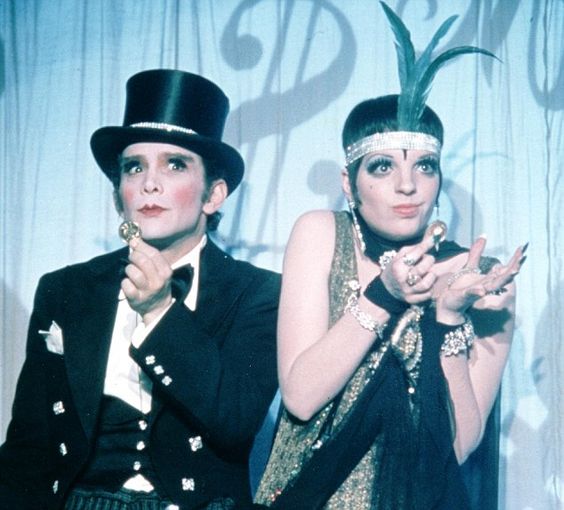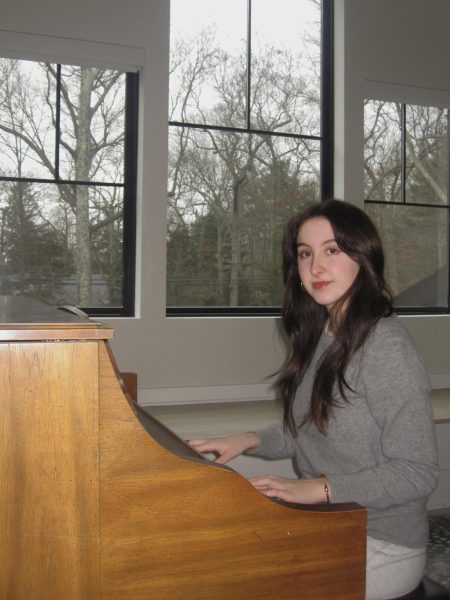“There was a cabaret, and there was a Master of Ceremonies. And there was a city called Berlin in a country called Germany. It was the end of the world.” – Clifford Bradshaw, Cabaret
The 1966 musical Cabaret, based on Christopher Isherwood’s Goodbye to Berlin, draws you into the seedy Kit Kat Club and immerses you in the tacky extravagance of 1930 Weimar Germany’s nightlife. The show, revived several times and adapted to film in 1972, blurs the line between performance art and reality. Contrast and parallels simultaneously exist between what can only be described as the crumbling of society amidst Germany’s political decline as Nazism rose to power, and entertainment, making the story a shockingly unexpected deep cut. As the world crumbles around the Kit Kat Club, we get a firsthand look at how these realities seep through the cracks of ignorance and affect the performers despite their insistence that they are unaffected by what goes on outside their hedonistic haven: “So, life is disappointing? Forget it! We have no troubles here.”
The diversions between grief and theatrics are enough to give you whiplash, but upon further analysis, it becomes apparent that each dance number and song imitate the world around them; a kickline akin to the marching style of the Nazis, and a song titled ‘Money’ which meditates on materialistic society. Floating omnipresently through it all is the aforementioned Master of Ceremonies or the Emcee.
Often lingering on the sides of the stage or inviting the audience to an evening of vaudeville through movement and serenade, the Emcee is undoubtedly the most captivating character due to the uncertainty of who he is.
Most notably played by Joel Grey, the Emcee lures you in immediately with “Willkommen”. His painted face and dollish grin rope you into the show so intensely, that as soon as his silhouette is visible, you are engrossed in the world of Cabaret.
The Emcee is nameless and has been interpreted as many a thing throughout his history of being portrayed. He’s fluid, flamboyant, androgynous, and utterly enthralling to watch as he addresses the crowd, “Meine Damen und Herren, Mesdames et Messieurs!” His presence isn’t limited to the Kit Kat Club itself, as it is ubiquitous throughout each scene. He’s always there.
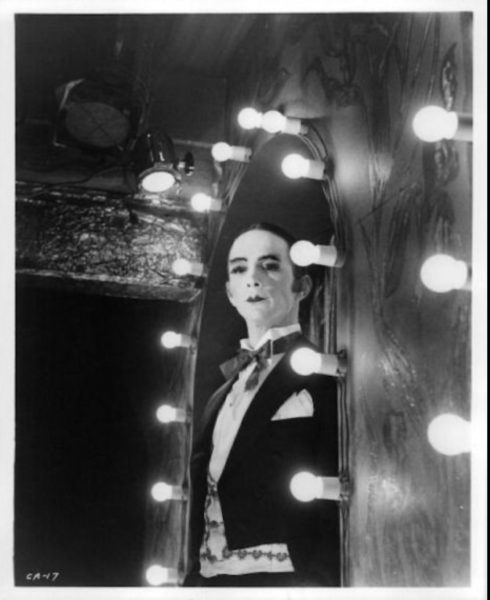
The ambiguity of his character is what gives each actor who takes on his role the freedom to decide who their Emcee is. The original Emcee, Joel Grey, describes his character as “a soulless victim trying to hold on. And to not let anyone know that he’s Jewish.” He continues, “It’s his big secret” In this case, as Berlin became increasingly unsafe for Jewish people, his mystery was a means of survival. This is a more humane approach to the Emcee, meaning he is faced with the trials of reality just as significantly as the other characters; he’s just better at hiding it.
Grey seems to empathize with his character, a stark difference from Eddie Redmayne’s feelings towards the Master of Ceremonies.
“I don’t like him…” said Redmayne, who plays the Emcee in the current Broadway revival of Cabaret, “…but I don’t even see him as a real
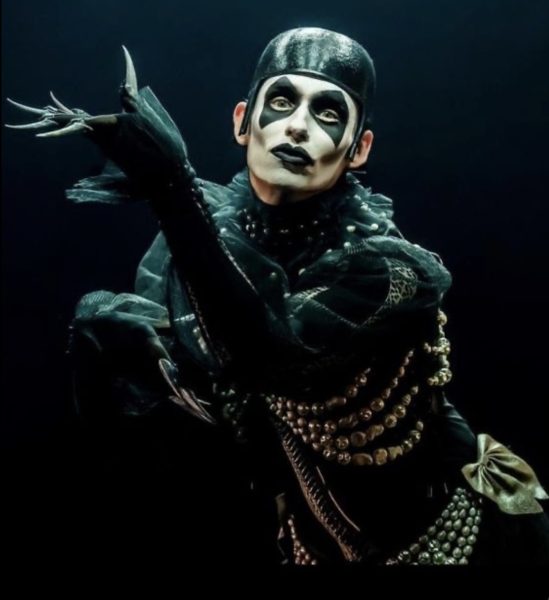
person in my take…he’s so amorphous that he’s almost impossible to pin down.”
He describes the Emcee as a puppeteer of sorts, a shapeshifter who perpetrates the story and exploits the characters. With Redmayne’s exaggerated movements and clown-like personality on stage, his approach to the host is apparent.
It would be transgression to go without mentioning Alan Cumming who electrified Broadway with his Emcee in 1998 and 2014. Alan radiates an alluring sense of grunge and squalor, sensuality serving as a mask over a vulnerable Emcee. At several points in the show, his eyes become doe-like, opening a window of emotion that reveals his Emcee is more comparable to Joel Grey’s than Eddie Redmayne’s, except with a more poignant spin. He exists in a victimized narrator role, swaying between a confident symbol of lust and a truly terrified human.
There have been many interpretations of the end of the musical, some Emcees removing a coat to reveal striped pajamas, and others standing tall as the curtain falls.
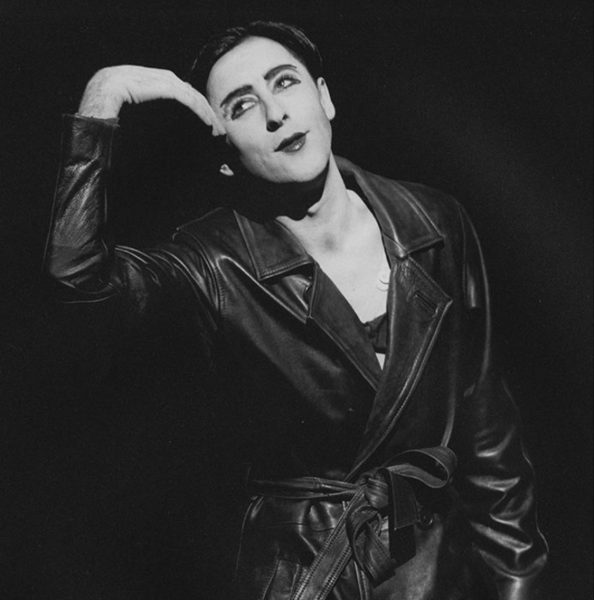
The Master of Ceremonies, whether he is in tears at the end, or wielding a smugness tantamount to the beginning, bids the audience adieux with a reprise of “Willkommen”. After being thrown into a roller coaster of emotions, he spins you back into your own world, leaving you with feelings just as indefinite as his character—an equilibrium of bereft and content.
“Auf wiedersehen, A bientot”



